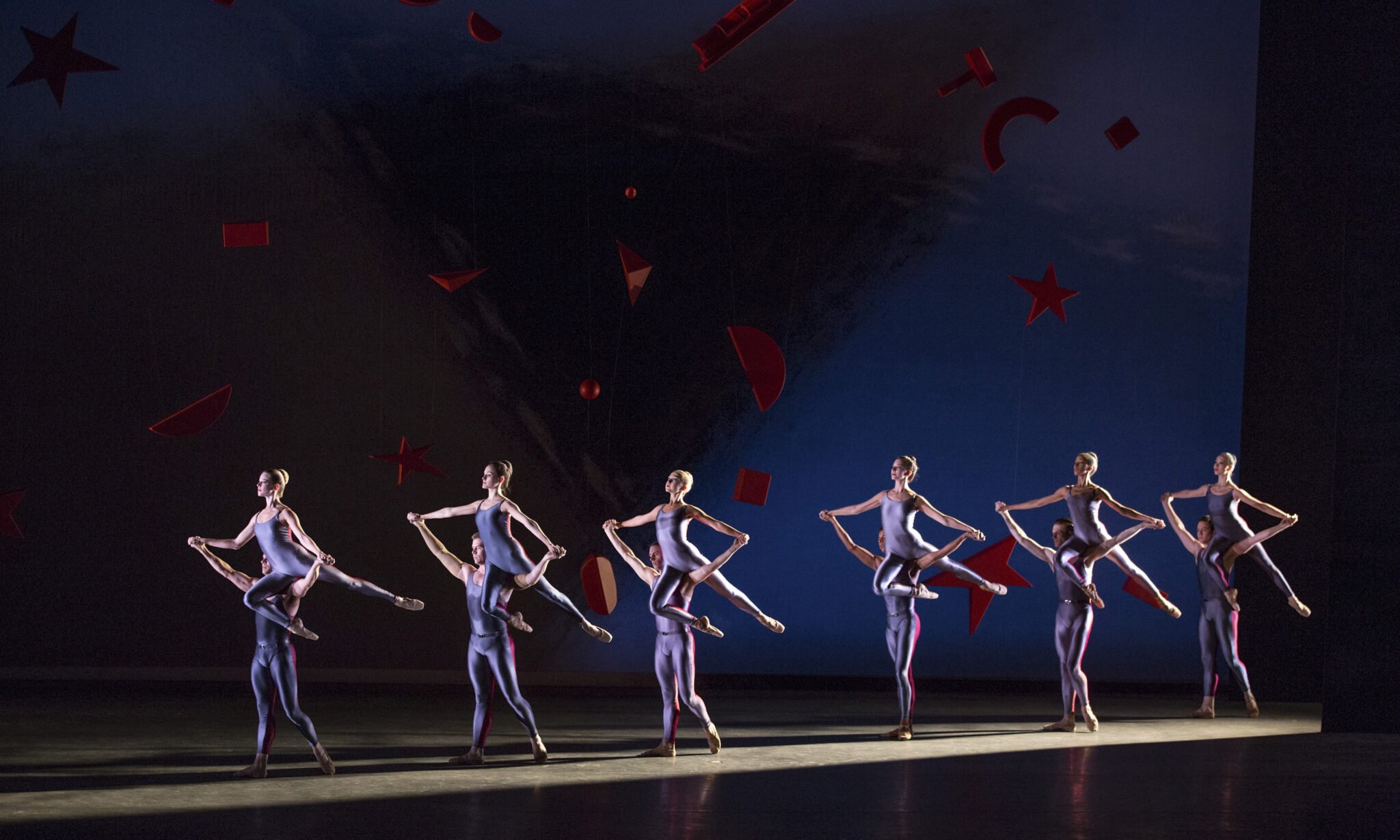Susan Jaffe has always known what she wanted. Her ambition started early when, upon seeing a ballet class in session, she decided she wanted to become a ballerina. At age 10, she announced to her mother that she was going to dance with Baryshnikov. Both visions were realized. When Baryshnikov was the Artistic Director for the American Ballet Theatre (ABT), he plucked 18-year-old Jaffe out of the Repertory Company (now ABT Studio Company) to audition. Jaffe went on to become a Principal Dancer and star ballerina for the company. In the early days of her career, audiences were both enraptured by and educated about ballet, but times have changed. Now, as Artistic Director, she wants to bring ballet back to the people.
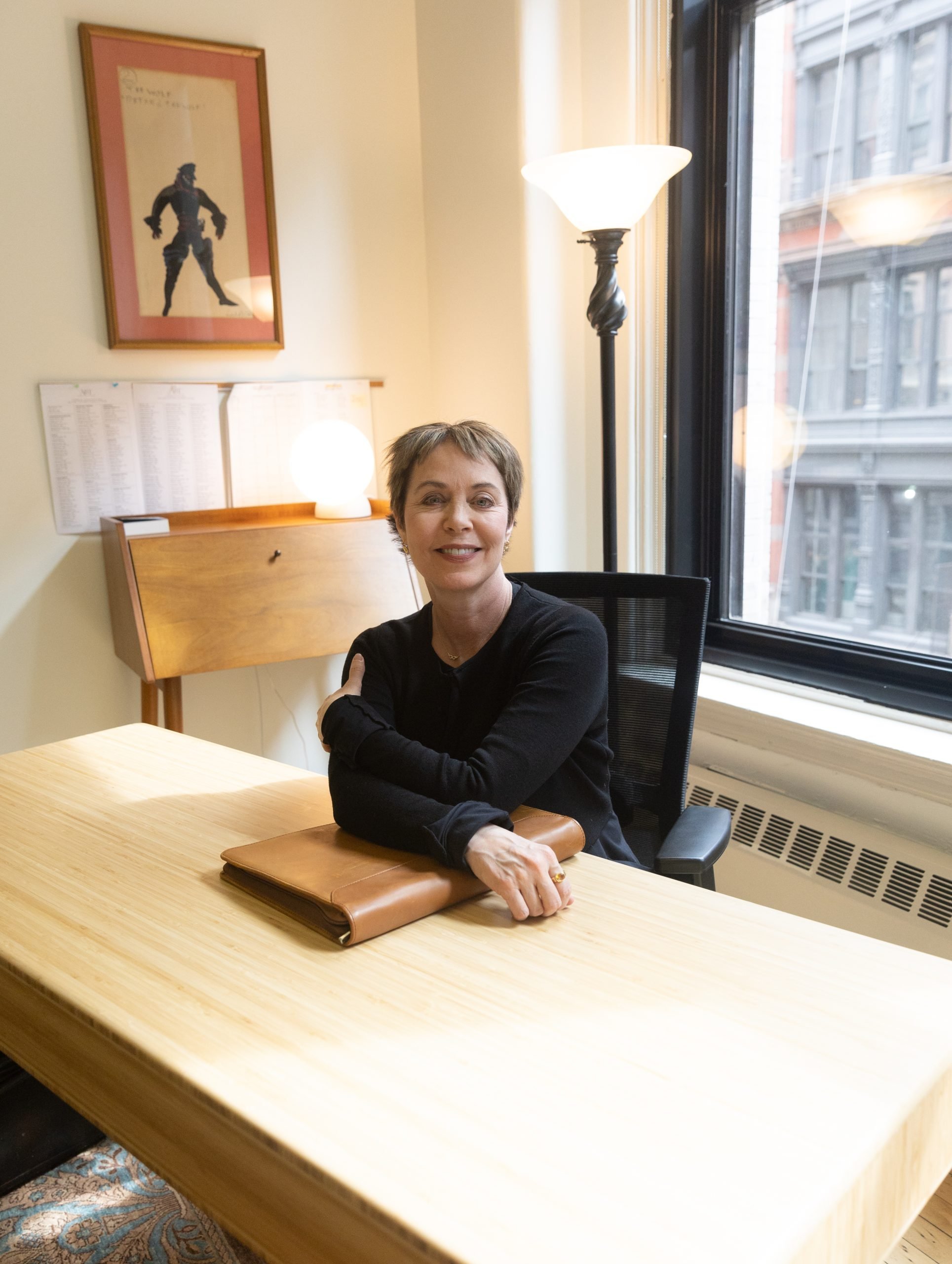
Her vision aligns with that of Lucia Chase, who co-founded ABT in 1939 along with Richard Pleasant. Chase, a member and financial backer of Russia’s Mordkin Ballet, wanted to provide a premier ballet company for America that combined classic ballet with new performances. She brought international choreographers to the company and commissioned the first works of American icons like Jerome Robbins. Like Chase, Jaffe is committed to infusing the classics with a modern sensibility. “Some of these [works] need to be refurbished or updated with new design and new costumes, for several reasons—one is, they’re old. Another is that we have more diversity and the older sets don’t lend to showing everybody in their best light.”

Jaffe is introducing bold new programs to ABT. This summer’s “Like Water For Chocolate,” inspired by Laura Esquivel’s 1989 novel was co-commissioned with the Royal Ballet and choreographed by Christopher Wheeldon, who had guidance from the author. The large-scale production is just the type of storytelling that represents a refresh for ABT, intended to attract new audiences.
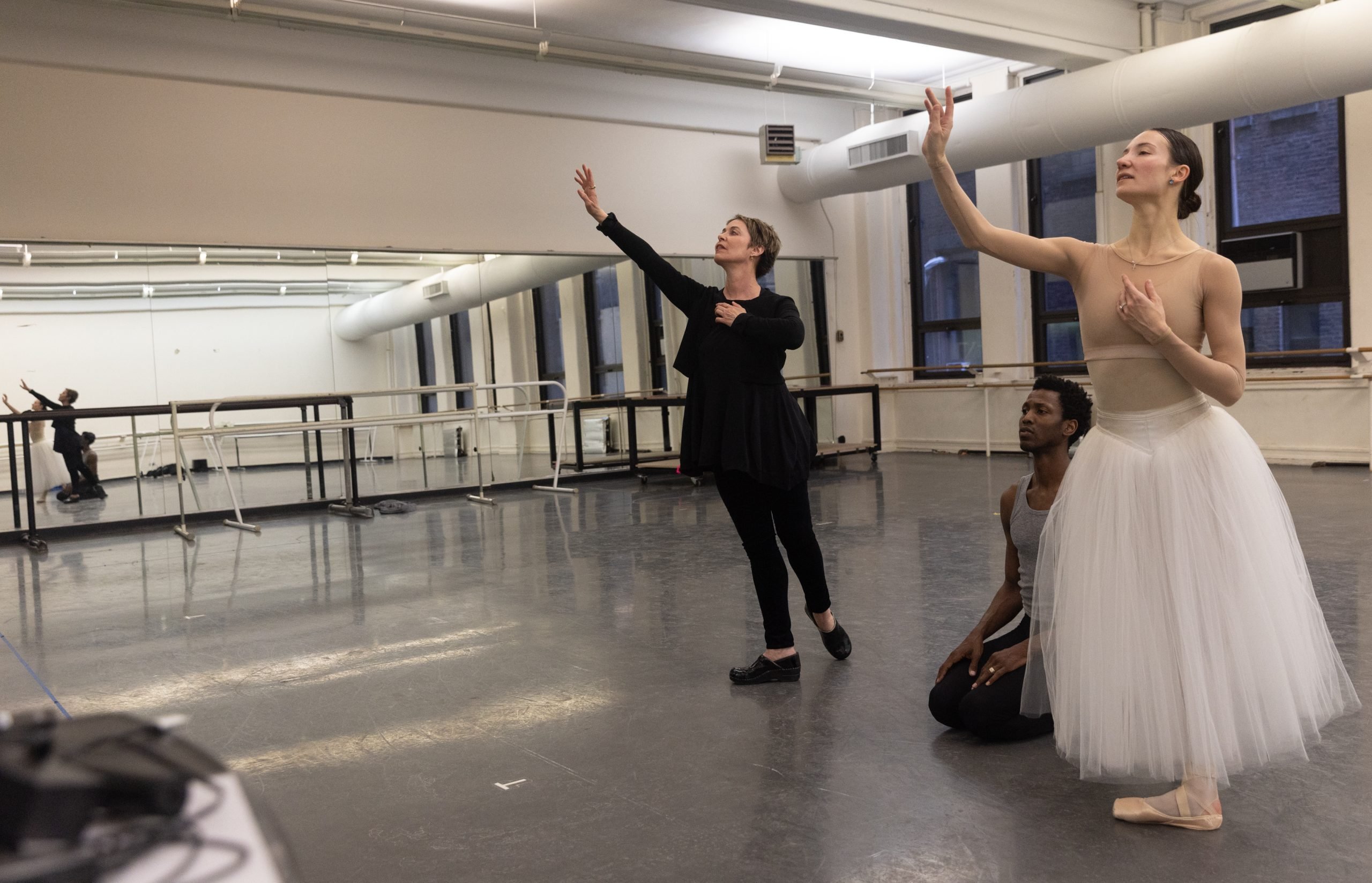
“When we did “Like Water For Chocolate” at the Segerstrom Center in California, there was a percentage of our audience that had never seen ballet, but they came to see that performance. And the audiences were overwhelmingly enthusiastic. It was incredible to be there and see everyone just get up like a wave, and scream and applaud, “ Jaffe explained in a recent interview.
Next year, ABT will perform a full length ballet called “Woolf Works” about Virginia Woolf. “It’s very contemporary, with lasers, cutting edge movement, and great storytelling,” says Jaffe.
Along with expanding the programs, Jaffe wants to bring more opportunities to women and artists of color. “My focus really is to make sure that every season we have a diverse range of voices. So that means our full season and our touring in between. The marriage of contemporary and ballet, I think that’s where a lot of creativity is today. So I want to bring some things that maybe our classicists, who are just diehard classicists, may feel like, ‘Wow, this is out of my range a little bit’. But, not to the point where we’re so far off of who we are. I’m just going to expand and increase what ABT offers.”

The effort to bring ABT forward also extends to dancer training. Stella Abrera, Artistic Director for ABT Jacqueline Kennedy Onassis School, explained that it’s very important for the dancers to have balance in their lives, and be able to do things outside of dance once they’re finished with school whether they go professional or not.
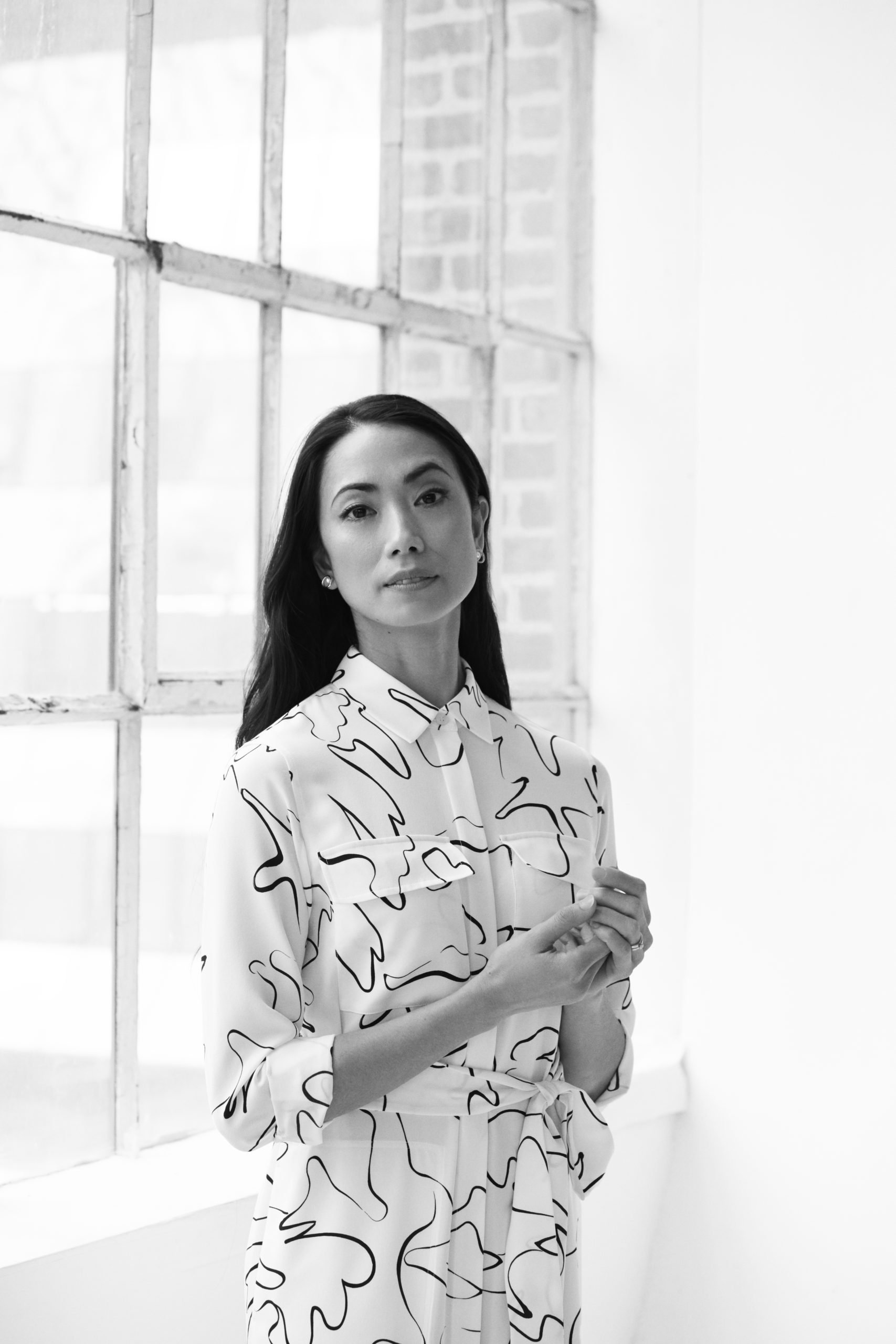
“Being a professional ballet dancer, for me and a lot of people, is all consuming. Building up to the next step beyond the stage is something I want all of the professional dancers to have in their brains. I want everyone to continue going to college. I want everyone to make sure they have balance.”
Susan Jaffe and Stella Abrera are leaders in a field where there are still very few women at the top of the organization. According to a 2022 report on the gender gap in ballet leadership, 33% of Artistic Directors are women while 66% are men at the largest ballet organizations in the U.S. However, three of the seven announced new artistic directors for 2022 and later are women, which brings the percentage to 43%—a higher rate than any of the years between 2018 – 2021. Does this indicate progress is being made? Perhaps. The landscape has shifted, and both Jaffe and Abrera are focused on providing room for dancers to connect authentically to the characters they’re performing.
“This is a much different generation with a much different mindset than my generation. In order to get the best out of any dancer, you have to understand them. You have to speak in a language that they understand and nurture them to do their best work,“ Jaffe explained. “I really put a lot of attention on that. And also with this generation, I like to work more systematically, asking more questions, helping them to come to their own ideas about a character rather than putting something on them that I did.”
Jaffe asks dancers to use their intuition, thoughts and feelings about a scene because, she says, “If they’re not feeling it, we’re not feeling it.”
Allowing dancers to communicate freely and express themselves is a sentiment that both Jaffe and Abrera share.
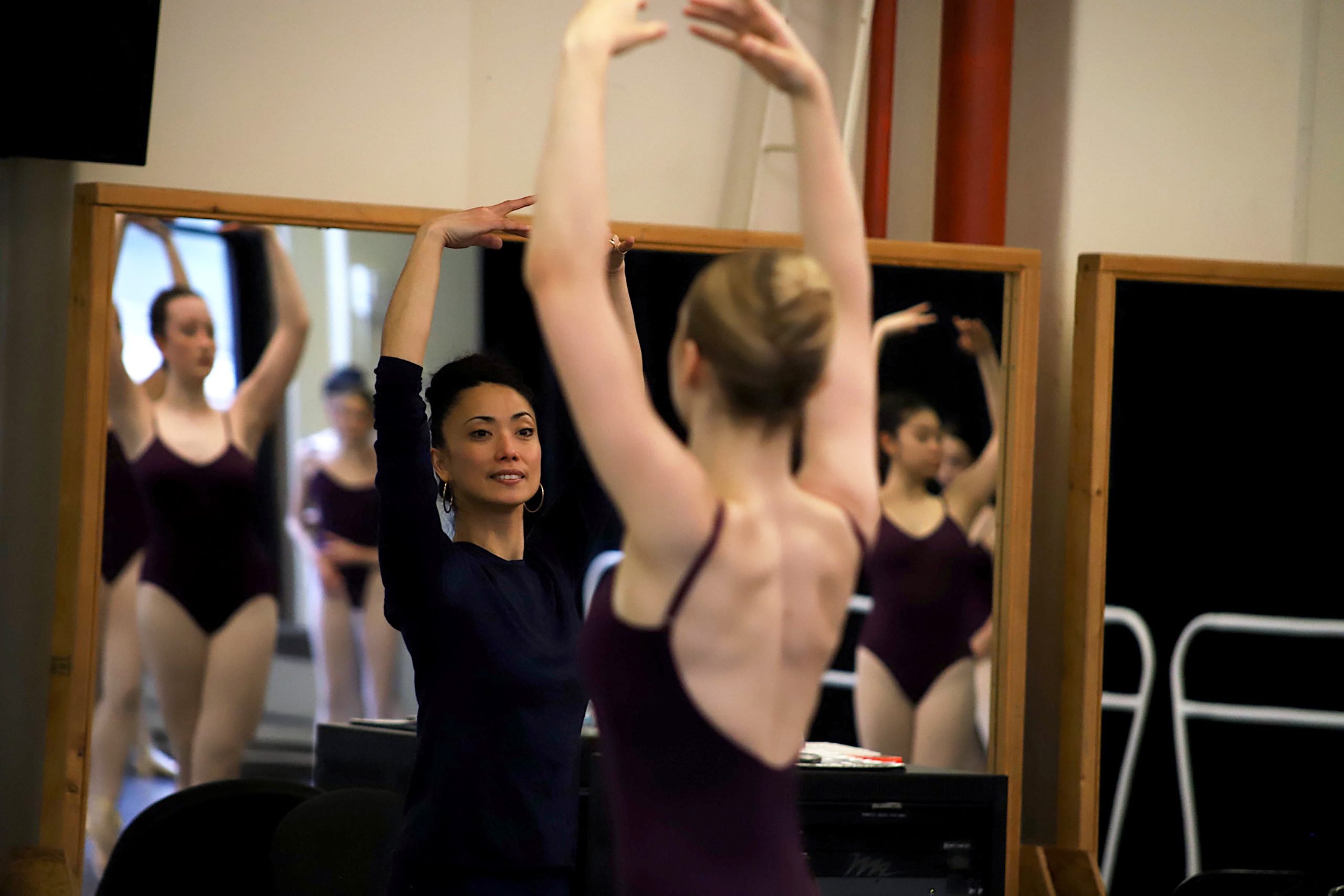
Photo: Olivia James.
“I can’t tell you how many times I’m teaching and I’ll give [students] an option,” Abrera said. “I’ll say, ‘would you like to do this? Would you like to do that?’ And then it’s just silent. It’s very much part of the culture of ballet training. I was definitely a person who just wanted to do everything that I was told the best way that I could, so that someone would tell me “that’s good.” But as we start moving forward in this art form we’re giving dancers their voice sooner. Letting them have that agency while maintaining structure.”
“The school is an age appropriate mirror of the main company,” she said. “I want all the dancers to have a beautiful kind of canvas, blank canvas, and then provide them opportunities to dance beautiful choreographic works and find their artistic voices.”
Modernizing company practices and its productions are critical to the health and growth of the organization, but bringing the audience along is equally as challenging.
Jaffe believes that education about the performances, such as online talks that provide the history and synopsis of a ballet, are key.
“I’m taking on this role with intentionality and mindfulness and really, you know, bringing our world to our public instead of making them try to figure us out. To bring ballet to the people. That’s what I’d like to do.”
American Ballet Theatre Fall Performances begin on October 18 and will feature one of Susan Jaffe’s favorite pieces, Études. You can view the schedule online at ABT.org.
You can also see performances from ABT Jacqueline Kennedy Onassis School and learn more about dancer training at: abt.org/training/dancer-training/jko-school-pre-professional/

